Looking for a complete set of charcoal drawing supplies? In this guide, find a review of different types of charcoal, the best paper, erasers and fixatives.
Disclaimer: Fine Art Tutorials is a reader supported site. When you make purchases through links on this site, we may earn a small commission at no extra cost to you.
Types of charcoal
Charcoal is made from the carbon residue that comes from heating wood or vine, yet it comes in many different forms. This makes the charcoal medium versatile, as each form may suit a particular artist or application differently. The attributes shared by each different type of charcoal is that it is soft, deep black and matte. This soft quality provides artist with the ability to create expressive marks. For a more detailed guide on all the different types and brands of charcoal, check out our ‘best charcoal for drawing’ review.
Nitram
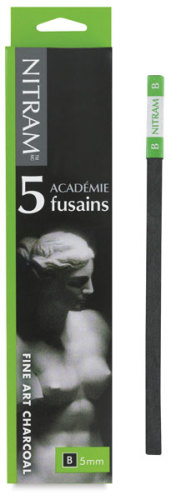
Nitram is a brand of charcoal and also a type of charcoal in its own right. Nitram uses a unique manufacturing process to maintain the integrity of the wood’s cell structure whilst heating. The result is a charcoal with superior durability and softness. This prevents common problems that artists encounter with regular charcoal, such as breakage and dust.
Nitram comes in several hardness grades and sizes, the harder and smaller charcoal being more suited to detailed drawing. The reason Nitram is first on the list is because it is a favourite among ateliers, academies and professional artists. It’s on the pricier side compared to regular vine and willow charcoal, but it provides artists with a joyful drawing experience and beautiful results.
Willow

The two best brands of charcoal are Winsor & Newton and Coates. Willow and vine charcoal sticks are respectively made from willow branches and grape vines. Some brands manufacture larger sized sticks made from larger branches, for artists that enjoy working on a bigger scale.
This type of charcoal is made by heating willow or vine sticks in a kiln. Winsor & Newton select vine sticks for their uniformity, however there will be slight variations between sticks due to the fact that they are derived from a natural source.
Create loose, expressive marks that are easy to lift and erase from the paper. Blend with a tortillon, brush or chamois to create smooth transitions. Willow charcoal is smudgeable and dusty, whereas Nitram, compressed charcoal and charcoal pencils will create less dust.
Compressed

Compressed charcoal comes in a range of hardness grades and some brands, such as Derwent make compressed charcoal in different shades.
This type of charcoal is synthetic and, depending on the hardness grade, includes varying amounts of gum binder in the product. Softer compressed charcoal will generally be made with less binder.
Compressed charcoal tends to be ultra dark and matte black. Marks will have a more consistent appearance on the paper compared to willow charcoal. Compressed charcoal sticks make marks that are more indelible than willow charcoal. Whilst they are easy to blend, they are not as smudgeable or blendable as willow or vine charcoal.
Powder
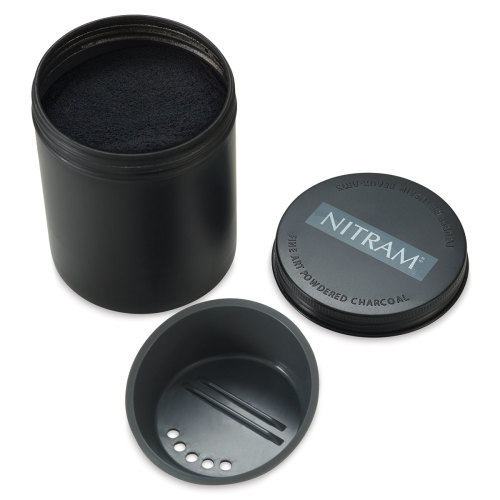
Charcoal can bought it in a powder format from brands like Nitram. Powdered charcoal can be brushed onto paper, or pressed into the surface with a tortillon or Sofft tool. The benefit of using powdered charcoal is that it provides artists with the ability to create smooth transitions, perfect for drawing portraits, or covering large areas, for example sky tones or background areas. Powder charcoal is also great for blocking in tonal masses, which can later be refined.
Nitram charcoal powder has been milled to a fine, uniform 100µ particle size, this provides excellent consistency in charcoal blends. Create soft edges and sweeping gestural marks with a soft brush.
Liquid
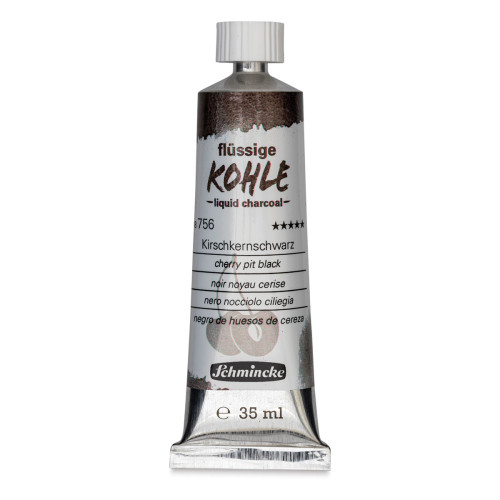
Charcoal also comes in liquid format, made by Nitram and Schmincke. Create charcoal washes with soft brushes, to render fine details. Or paint straight from the tube with a stiffer brush or palette knife.
Schmincke liquid charcoal, which is made from charred fruit seeds, comes in three different tones. Cherry pit is a warm reddish black, peach stone is neutral and grape seed is a cool blue tone.
Dilute liquid charcoal to create wonderful washes that can form the first stage of the drawing, upon which you can layer darker shadows with charcoal sticks.
Pencils
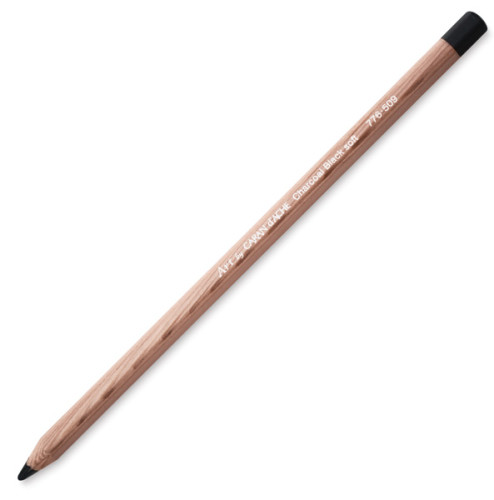
Charcoal pencils are made from compressed charcoal core, encased in wood. Different brands of pencils will make the charcoal with different hardness ratings. Harder charcoal pencils will be more suited to drawing fine details. Charcoal in pencil format is less messy, less dusty and easier to travel with compared to charcoal vine sticks.
The best paper for charcoal drawing
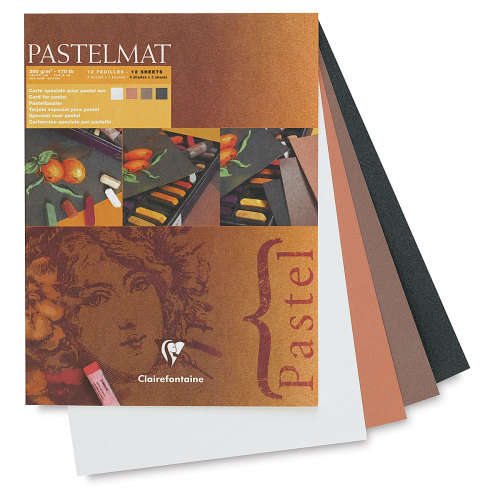
Charcoal drawing paper needs to have ‘tooth’ or texture that the charcoal particles can adhere to. Because charcoal is naturally dusty and charcoal particles are large, marks will not adhere to smooth paper.
Another attribute that will make a surface suitable for charcoal drawing is thickness. A thicker paper will be better able to handle more gestural marks and be less prone to tearing.
Acid-free paper is archival quality and will not degrade or yellow over time. If you’re planning to keep your artworks to frame, or sell, then it’s essential to work on acid-free artist quality surfaces.
Paper with tooth or texture
Pastel papers work excellently with charcoal. This is because they have tooth and texture that allows charcoal to cling to the paper fibres, enabling artists to create multiple layered drawings.
Pastelmat has a velvet, sanded texture that is acid-free and is excellent for layering. It’s thick like card, reduces the need for fixative and less dust will be created due to the texture. This surface is especially great for more detailed work, with harder compressed charcoal and charcoal pencils. Pastelbord has similar qualities to Pastelmat, but the surface comes in a mounted board format which provides surface stability. Other sanded papers suitable for charcoal drawing are Canson Mi-Teintes Touch and Art Spectrum Colourfix.
Use charcoal with cold pressed, or hot pressed watercolour paper too if you choose. Bear in mind that charcoal will pick up the texture from the paper. This can be great for drawings where you want to create the illusion of details. However, if you want to create finer details, the paper may obscure these fine lines.
Dimpled papers like Daler Rowney Murano have adequate surface texture for charcoal to adhere to. Murano paper comes in a rainbow of colours—choose to work on a bright paper to bring variety to your work.
Toned paper
Toned paper is a great option for charcoal artists. Choose from neutral greys and browns to form a mid tone base to work on. Lots of different brands make toned papers for charcoal drawing, such as Pastelmat, Canson Mi-Teintes Touch and many others.
Toned paper will enhance a drawing, making it easier for artists to determine value transitions. Plus, you can reduce the time spent drawing when working on toned paper; as the mid tone value is already established, all artists need to do is add in the shadows and highlights. Get a white charcoal pencil for highlights.
Sketchbooks
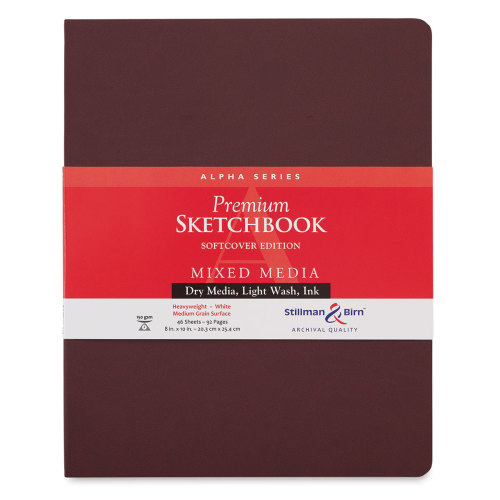
Charcoal works excellently in sketchbooks. Plan compositions for larger drawings, take your sketchbook on the go, or create polished charcoal spreads. Make sure to choose a sketchbook with textured paper. Watercolour or mixed media sketchbooks, such as the Alpha or Gamma series by Stillman and Birn would be a great option. Make sure to spray finished drawings with a few layers of fixative to prevent the charcoal from smudging.
How to sharpen charcoal
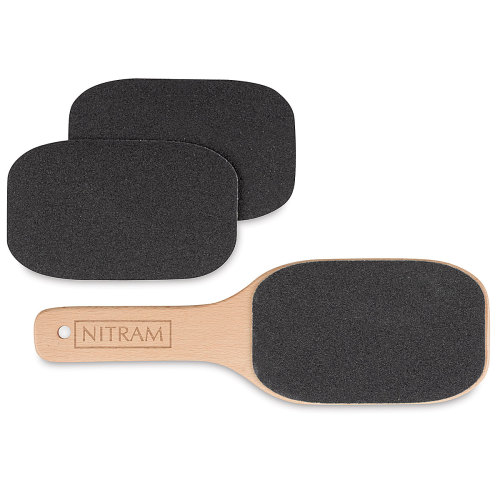
To sharpen Nitram or willow charcoal to a tapered point, get a sharpening block. Nitram charcoal is sturdy and less prone to breakage, so it will withstand the sharpening process better than willow charcoal. Use a sanding block to sharpen, holding the charcoal stick in the hand and placing the index finger at the end you want to sharpen for stability. Hold the charcoal almost flat against the sanding block and drag back and forth until the point tapers. A tapered point is useful for precision work. Hold the sharpened stick flat to shade larger areas and use the edge of the point for the details.
Charcoal pencils are more fragile than graphite, so they can break when using regular sharpeners. Instead, use a craft knife to sharpen the pencils to a point. Hold the craft knife and push with your thumb downwards to first remove the end of the wood casing, then taper the charcoal to a point.
The best erasers for charcoal drawing
Kneaded eraser
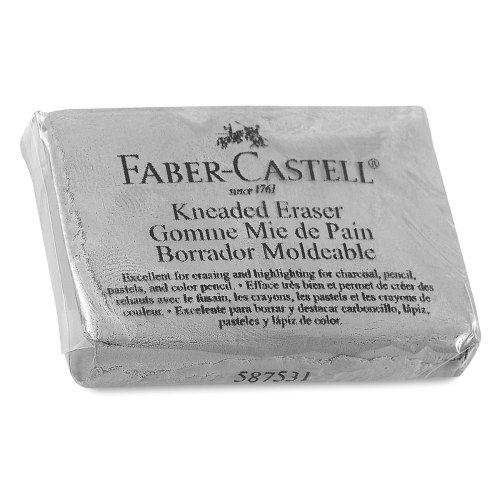
Kneaded erasers are one of the best tools to use with charcoal. They are soft, pliable and can lift charcoal beautifully from the paper. These erasers can be used for subtractive drawing techniques with charcoal, whereby a mid tone is established then highlights are drawn with the eraser.
Mould the end to a point to lift finer details, or stretch the eraser and roll on the paper. This eraser is gentle on paper fibres and won’t leave residue on the paper as normal erasers would. It works by absorbing the charcoal particles from the paper, over time, the eraser will become darker. Artists can clean the eraser by stretching and kneading it, or rinsing it clean.
Tombow Mono Zero
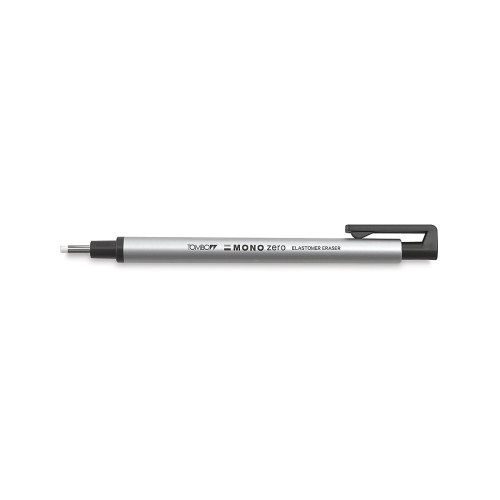
Tombow erasers are another great tool for lifting highlights and details. It is an ultra fine tipped eraser, that artists use for fine lines and highlights. It is shaped like a pen, which means artists can draw with it on the surface comfortably.
Of course, there are plenty of other erasers you can use with charcoal. Harder erasers like the black plastic eraser will work to remove more stubborn lines for example.
Charcoal fixatives
There are several different options when it comes to choosing a fixative for charcoal drawing. Some fixatives will be more water resistant than others and some will prevent smudging better than others.
The Winsor & Newton workable fixative provides excellent protection against smudging and has a good water resistance after two coats. The advantage of this fixative is that it has a matte finish and is workable. Draw upon the fixed charcoal to create completely separate layers. Because the fixative protects charcoal layers, the previous layers of the drawing will not blend into the charcoal layered on top. For example, you could use a white charcoal pencil on top of the fixed layers to make highlights pop!

Another great fixative for charcoal drawing is the Sennelier Delacroix. It’s transparent, with a matte finish and has been especially formulated to protect charcoal and graphite drawings. It will protect finished drawings from smudging, but take care to keep drawings away from wet surfaces, as it’s not completely water resistant.
Charcoal tools and accessories
There are lots of different tools designed for use with charcoal, for blending and making the vines easier to hold.
Charcoal blending tools
Tortillon

Tortillons, also called blending stumps are pieces of paper that have been tightly rolled, with pointed ends. The stumps will pick up charcoal dust and blend smooth transitions. Blend smaller areas accurately with the sharp end of the stump. When the tortillon has absorbed enough dust, artists can actually use them to draw with, to create light and soft lines. Clean tortillons by rubbing on sandpaper.
Chamois
A soft leather chamois will blend charcoal and other dry media effectively and smoothly without leaving unwanted smudges across the paper. It’s a cleaner alternative compared to using fingers to blend, as fingers have oils that can create inconsistencies in the tones. Gently wipe the chamois across the paper to soften and lighten pencil marks. This is a great blending tool for backgrounds and for blending large areas. Chamois cloths should be washed regularly in warm soapy water to maintain the absorbency.
Sofft tool
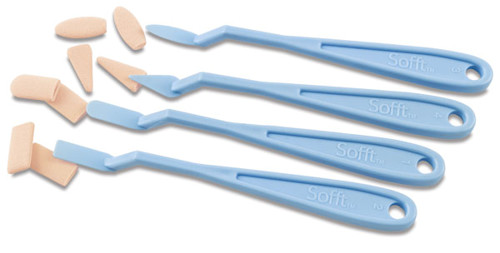
Sofft tools are dense sponges with handles, shaped like palette knives. They were originally formulated for use with Pan Pastel, but they can be used for blending other dry media such as charcoal.
Charcoal holder
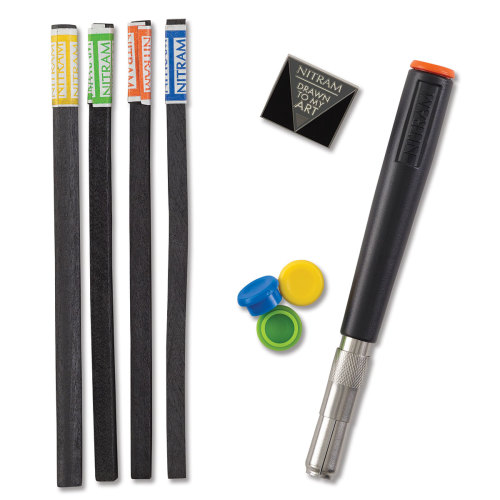
Get a stylus holder to create mess-free drawings by keeping hands clean. By extending the charcoal, it makes working at a standing position at an easel feel more comfortable.
Finally
If you’re a complete beginner to charcoal drawing, check our charcoal drawing guide for beginners. Learn all about the unique properties and how to create a drawing step-by-step. If you’re looking for some inspiration and don’t quite know how what to draw first with charcoal, check out our list of 14 charcoal drawing ideas.
If you’ve found anything on this site especially useful, you can make a donation to me through PayPal. I take a lot of time to research and write each topic, making sure each tutorial is as detailed as possible and I make all my content freely available. Any small donation (even the price of a cup of coffee!) can help me to cover the running costs of the site. Any help from my readers is much appreciated :).
Follow the link in the button below to support this site.

